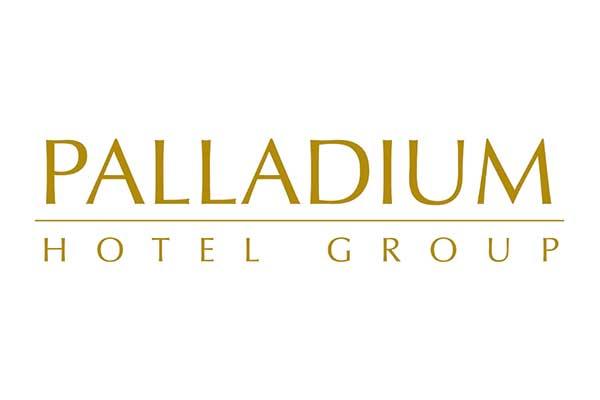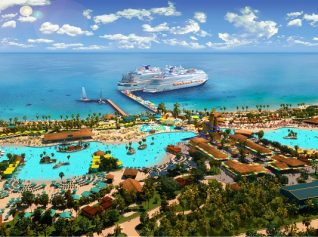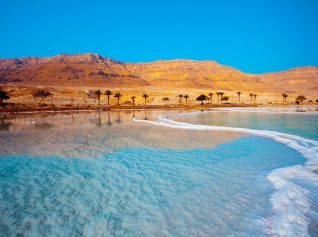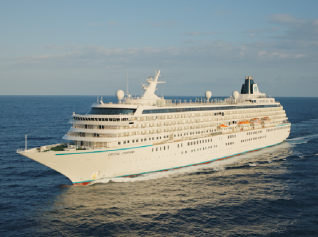Montenegro the newest country in the world – TravelMole destination report
From the sky, the Bay of Kotor looks like a cloverleaf. The series of curving coves starts 20km from the Croatian border and loops down almost to Ulcinj, just to the north of Albania.
We flew to Dubrovnik’s Cilepi airport and shared a taxi 40 minutes south to the Montenegrin town of Herceg Novi with a well-preserved couple in their sixties. There’s one bus a day between Dubrovnik and Herceg Novi, but it doesn’t always fit the airport arrivals schedule.
Until Tivat, in the middle of the clover leaf, wins some budget airline contracts, Dubrovnik will remain the cheapest entry point.
Herceg Novi is a white-walled town flanked by tourist villages. It’s the kind of town where the locals take their evening stroll along the waterfront at nine every night. The kind of town where folk start strolling together aged 18 and are still going strong at 68. A quiet town, with a series of stone squares arrayed above a little fortress which guards the entrance to the bay.
Parts of Montenegro were once pirate territory. Corsairs who answered only to themselves lurked in the inlets and eventually threw in their lot with the Ottomans. Legend has it that Miguel de Cervantes was once imprisoned in an Ulcinj dungeon. It’s still a noisy town and the spirit of the invaders lives on in the lively beachfront cafes and kebab shops (specialising in the curved kobasice sausage and the burger-style minced meat snacks).
Only an hour from the Albanian border, Ulcinj has a different feel from the other bay towns. It’s louder, with music from the clubs ringing across the water until one in the morning. Tourists from towns inland and Podgorica, the capital, pack the beach. The water is clear, clean and warm, 24 degrees in late June. Five kilometres away, on ‘velika plaza’ – big beach – folk have space to stretch their legs across 15 km of sand.
The tourists are starting to return to Montenegro. Kador Bushati, the dark-eyed owner of the Kalaya restaurant, high above the beach, can see the changes. Sixteen years ago, he says, Ulcinj was a boom town built on its two beaches, one convenient, the other sprawling and spacious. Since then, nothing. Throughout the lean years, the Bushatis have quietly extended their house, buying the land below them to build a restaurant where they serve bass, bream and calamari, as well as the ubiquitous pizzas.
Politics put paid to Montenegrin prosperity in the 1980s and 90s. Men were conscripted into the army and soldiers replaced tourists.
In June this year, however, Montenegro voted for independence from Serbia: the last two pieces of the Yugoslav jigsaw were separated. The local tourists still outnumber the Germans, Americans and Italians, but it’s still early days.
There’s a feeling of freshness now. Throughout the streets of old towns like Herceg Novi and Kotor, walls are being repainted, attics refurnished, anything to fit a couple of extra beds. Tourist information was our first stop for any new town. They’ll give you a map, a timetable for buses to reach your next destination and arrange accommodation. There’s an efficient, economical network of housewives who put up guests. They’ll usually send a husband or a son to find you and take you back to the rooms, which are clean and inexpensive.
Real estate throughout the country is cheap, particularly by British prices. The only exception to this is in the stari grad – the old town sections. Hemmed by thick stone walls, there is only a certain amount of space, and both tourists and locals pay accordingly. In picturesque Kotor, for example, there aren’t many hotels: most tourists are day-trippers who arrive by bus (mostly from Dubrovnik), with some disembarking from small cruisers.
Kotor was my favourite of the towns. Located at the end of the bay to which it gives its name, it’s an elegant, triangle-shaped, walled town nestling beneath 1000-metre hills. The stari grad section might be the equal of Dubrovnik, but it’s still yet to match the Croatian city for official world heritage status.
It’s a neat illustration of Montenegro’s problem: it has the mountains (Montenegro, ‘Black Mountain’, is a translation of the native title, Crna Gora), the coastline and the shellfish to compete for holidaymakers, but not the international reputation. Not yet.
By Simon Hodgson
 United Kingdom
United Kingdom United States
United States Asia Pacific
Asia Pacific












































BA suspending all Heathrow to Abu Dhabi flights
Unexpected wave rocks cruise ship
Report: Cruise guest died after ship lashed in heavy storm
British teen in serious condition after paraglider collision
JetBlue scraps London Gatwick flights